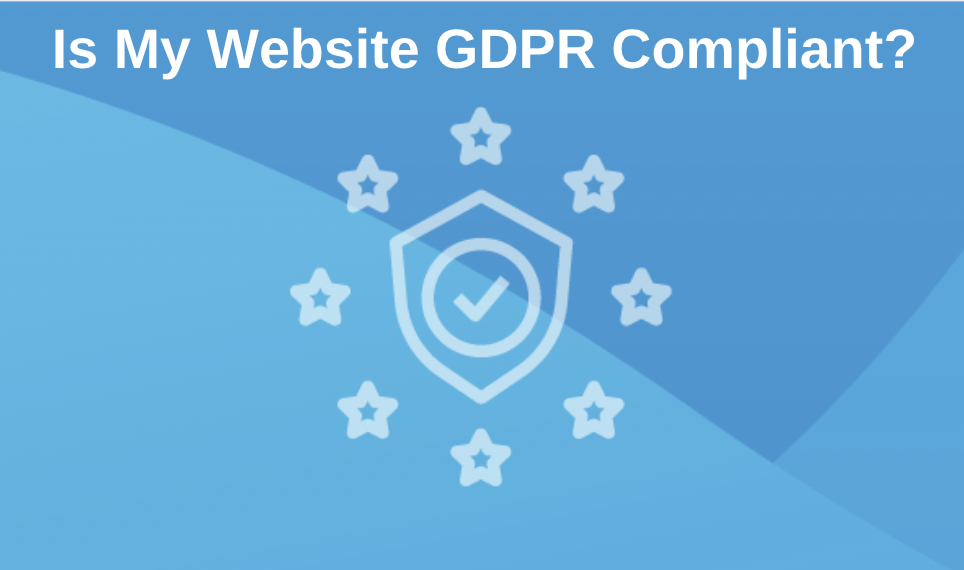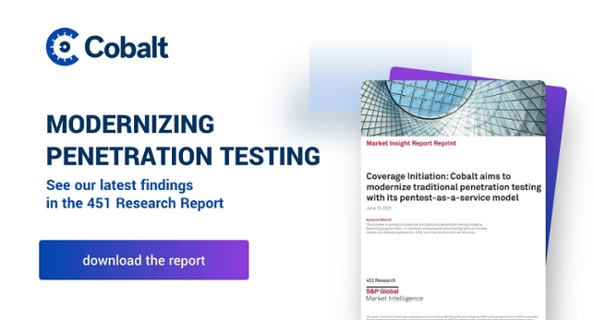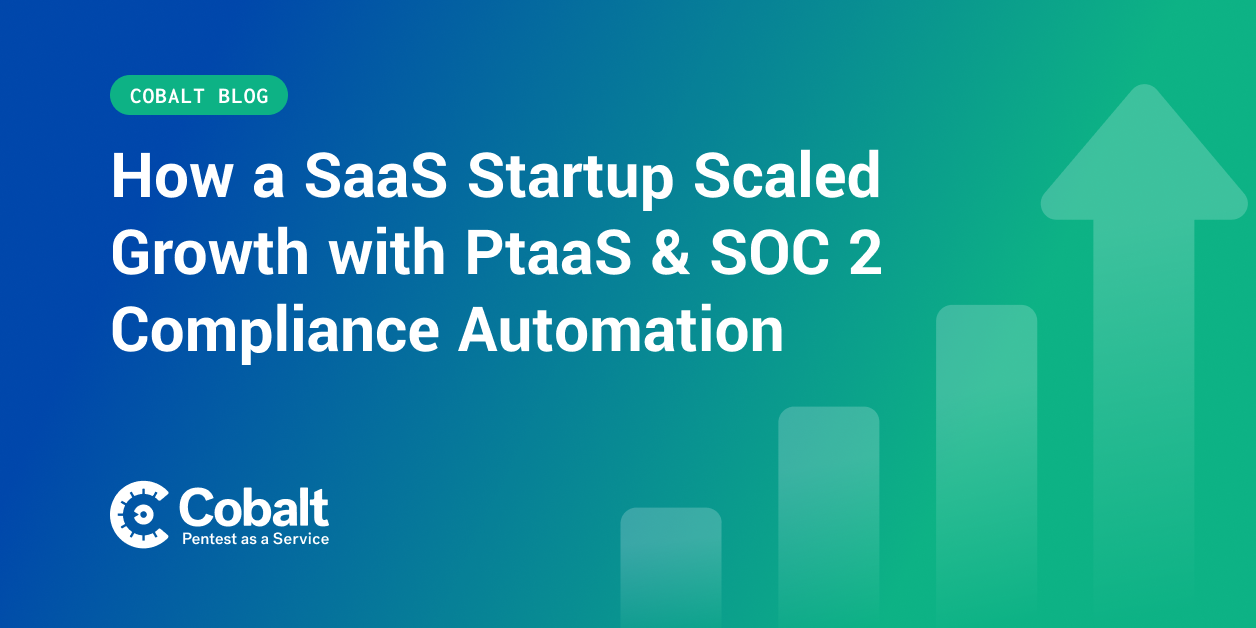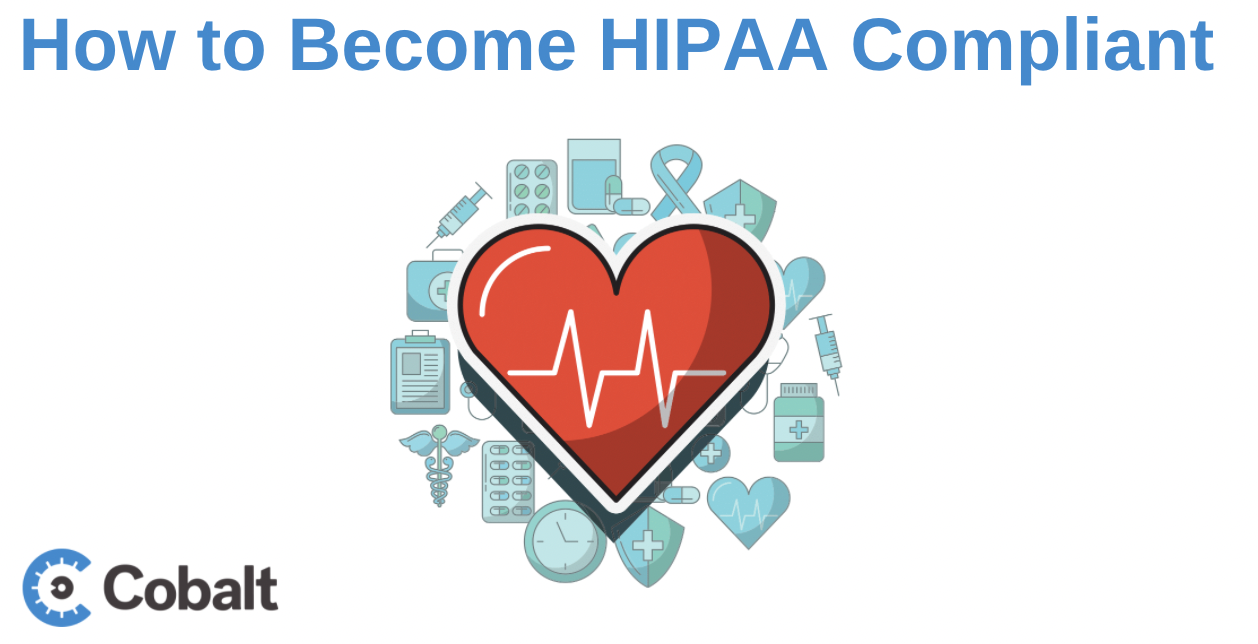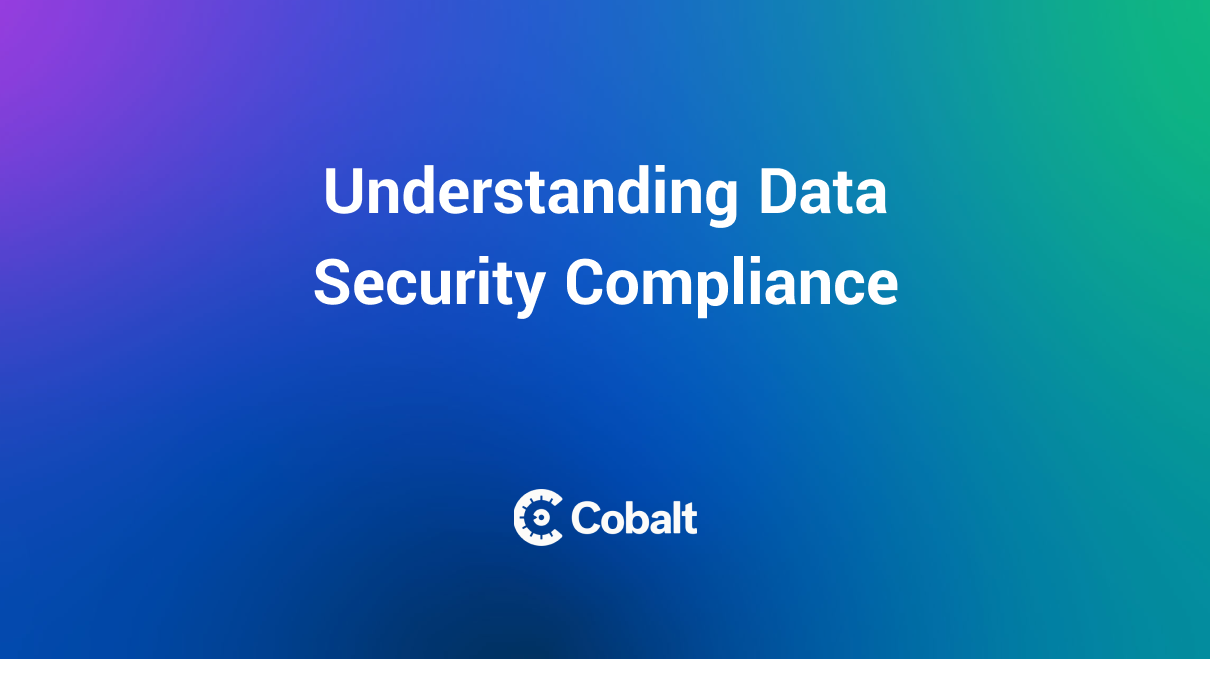As the economy continues to digitize, more and more data transfers across the internet. With this growth, cybercriminals increasingly target users' personal data such as credit card information, passwords, or even simply email addresses.
This led governments to call for data protection standards to help protect personal data from malicious actors. With that in mind, the General Data Protection Regulations, commonly known as GDPR provides a regulatory framework outlining when and how online businesses need to secure their user’s data for all European citizens.
The GDPR requirements, passed by the European Union, went into effect in May 2018. The law regulates how businesses and organizations process user data. Under the legislation, organizations with a website have to disclose information on how they collect and use customer data of European citizens.
With this directive in place, collecting even the smallest piece of digital information requires user consent. Failure to be compliant could result in a fine of 20 million Euros or 4% of your annual turnover, whichever is the highest.
This article discusses how to make your website compliant. Website owners should learn more about this important compliance framework related to EU citizens.
How Can I Make My Website GDPR Compliant?
The main objectives of GDPR are simple: to maintain personal data protection. With that in mind, here are ways to make a website GDPR-compliant.
Update Privacy Policy
The privacy policy has long been an essential feature of a website. To be GDPR-compliant, websites need to update their privacy policy to include essential information about how your website collect customer data such as ip addresses and the company's data privacy policy. The policy should provide complete disclosure of personal data and how businesses intend to use it. Besides updating the privacy policy, ensure users can readily locate this information by keeping it in your website footer.
Cookie Consent Policy
To be GDPR compliant, businesses must seek explicit consent from users to track their online behavior via cookies. To do so, websites should include a pop-up cookie banner on the user’s first visit to accept or decline consent on cookie usage. Furthermore, the pop-up should include a link directly to the privacy, cookies, and other data collection policy documents for users to easily review.
Furthermore, users should have the ability to opt-in for certain cookies such as Google Analytics, while also having the option to leave the checkbox unmarked and essentially opt-out. This can be achieved with certain plugins or tools like Google Tag Manager.
Secure Data Storage
GDPR security compliance requires organizations to secure all customer data they collect. Businesses should encrypt the collected data depending on its sensitivity. Encryption makes data unreadable unless it’s unencrypted, mitigating the risks associated with breaches.
Comply with Data Requests
Businesses should provide users with an easy way to request and view the information they collect from them. To be GDPR compliant, businesses should provide an explicit process to their users to request a copy of their saved data and a process to provide it once requested. Providing an easy-to-review data request process ensures businesses comply with GDPR.
Penetration Testing
Penetration testing can be another core component of GDPR compliance for many businesses. The requirements state that organizations must be able to secure systems related to the core infrastructure. Therefore, businesses can fulfill this requirement by completing a penetration test or a vulnerability assessment.
Furthermore, if a personal data breach does occur, then businesses should readily consider completing a penetration test. This will ensure the breach can be properly reported to authorities and users with insights into precisely what data was jeopardized.
Cobalt’s Approach to GDPR Website Compliance
To safeguard your customer’s data, businesses are required to secure user data in an encrypted environment. Data security forms a critical component of the entire organization’s security, and all data systems must be secure.
At Cobalt, we perform penetration testing to detect any threats or vulnerabilities related to a business’s user data. The Cobalt penetration testing as a service (PtaaS) platform provides the necessary review of your technology stack to ensure your applications and networks are secure.















